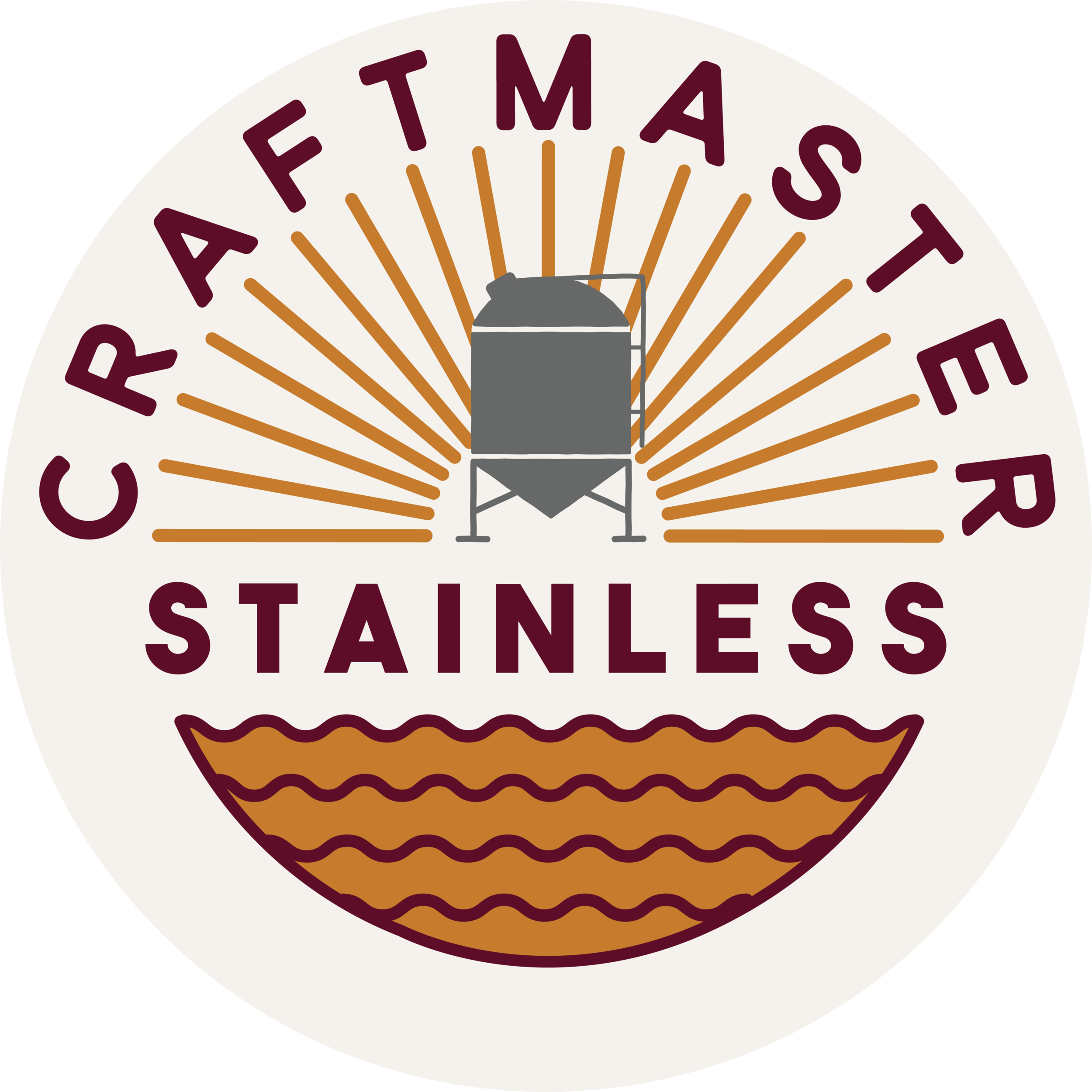Creating High-Quality Spirits: Essential Equipment
Producing high-quality spirits is an art and a science, requiring a meticulous approach and the right equipment. The equipment used is significant in determining the final product’s flavor, purity, and overall quality. The equipment selection impacts your spirit’s quality and consistency and affects regulatory compliance and operational efficiency.
Each piece must meet industry standards and your specific production needs, from the smallest fitting to the largest still. Having the essential equipment for creating high-quality spirits will ensure you produce drinks that delight your customers.
Mill and Mash Tun
The journey to exceptional spirits begins with milling and mashing. The mill grinds grains into a fine powder, optimizing their surface area for the mashing process. The mash tun, typically a large, insulated vessel, mixes the milled grains with hot water to convert starches into fermentable sugars. Maintaining precise temperature control in the mash tun is key to achieving the desired sugar conversion, influencing the final product’s flavors and quality.
Fermenter
Fermentation is where the magic starts to happen. A unitank fermenter is a versatile, high-quality fermentation vessel that streamlines the production process. Its airtight design ensures optimal yeast activity while preventing contamination. The built-in temperature controls of a quality unitank fermenter maintains ideal conditions for yeast health and efficient fermentation, directly impacting the spirits’ consistency and taste.
Still
Distillation is the heart of spirit production; selecting the right still is paramount. Various types of stills are available, pot stills and column stills being the most common. Pot stills are best for crafting richly flavored, artisanal spirits, while column stills are ideal for quickly producing higher-purity distillates. The still’s materials and design, including the size and shape of the pot or columns, significantly influence the distillate’s character and purity.
Condenser
Post-distillation, a condenser cools the hot vapors back into liquid form. Common types include shell, tube, and worm tub condensers, each offering distinct cooling efficiencies and effects on the spirit’s profile. You must carefully choose the condensers to match the still’s output, ensuring they can handle the condenser load to maintain production quality without compromising flavor integrity.
Spirit Safe and Aging Barrels
Once distilled, the spirit passes through a spirit safe, which allows you to measure and assess the quality of the distillate without direct contact. This step is crucial for ensuring only the best cuts go forward for aging. Aging barrels, typically made of oak, impart desired flavors, colors, and characteristics to the spirit. Selecting the appropriate barrel type and managing aging conditions, such as humidity and temperature, are critical for achieving the intended complex and mature flavor profiles.
Creating high-quality spirits requires essential equipment and a comprehensive understanding of them and their roles. With the right tools and a dedication to precision, you can consistently produce spirits that stand out for their superior quality and distinguished flavors.

